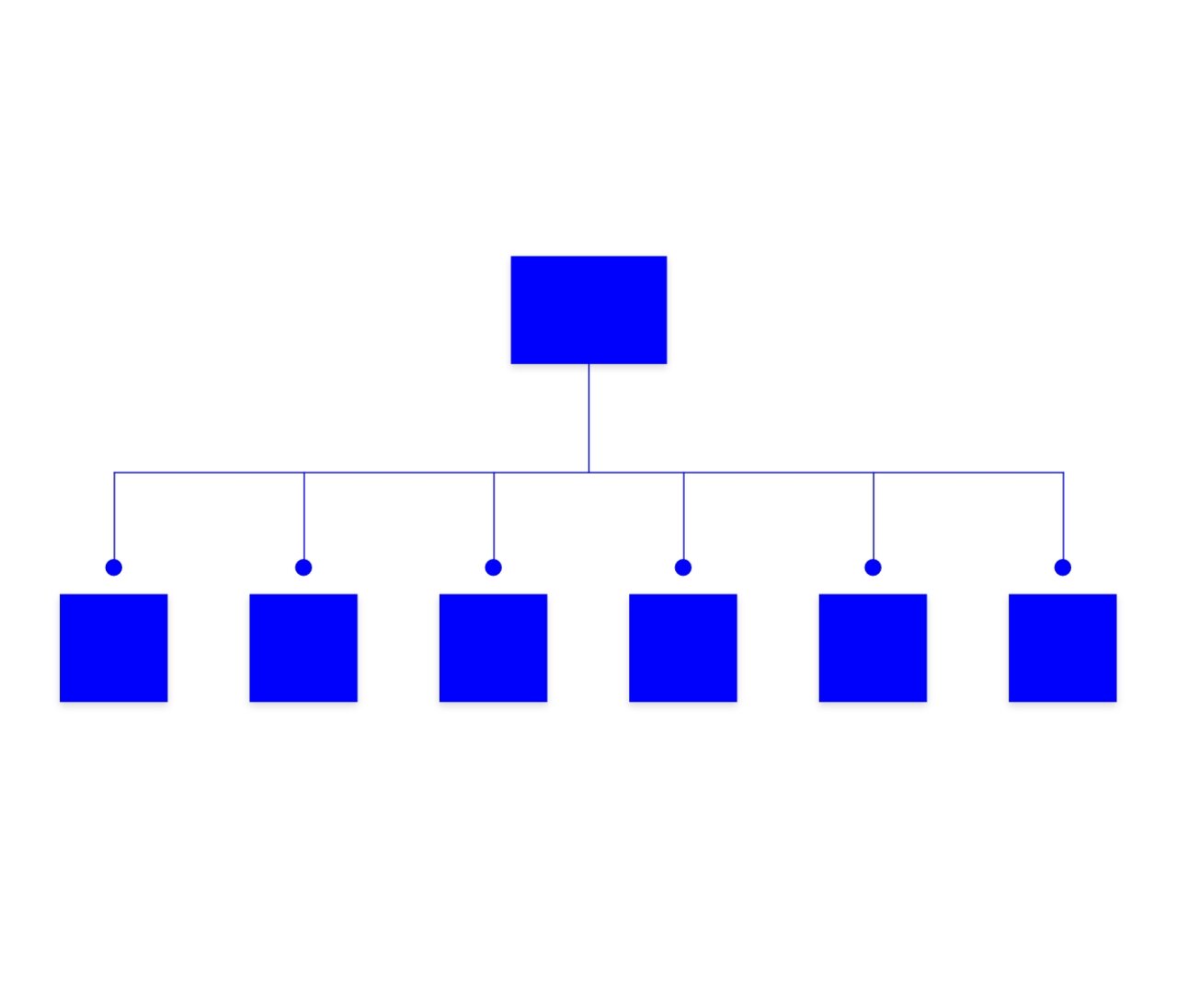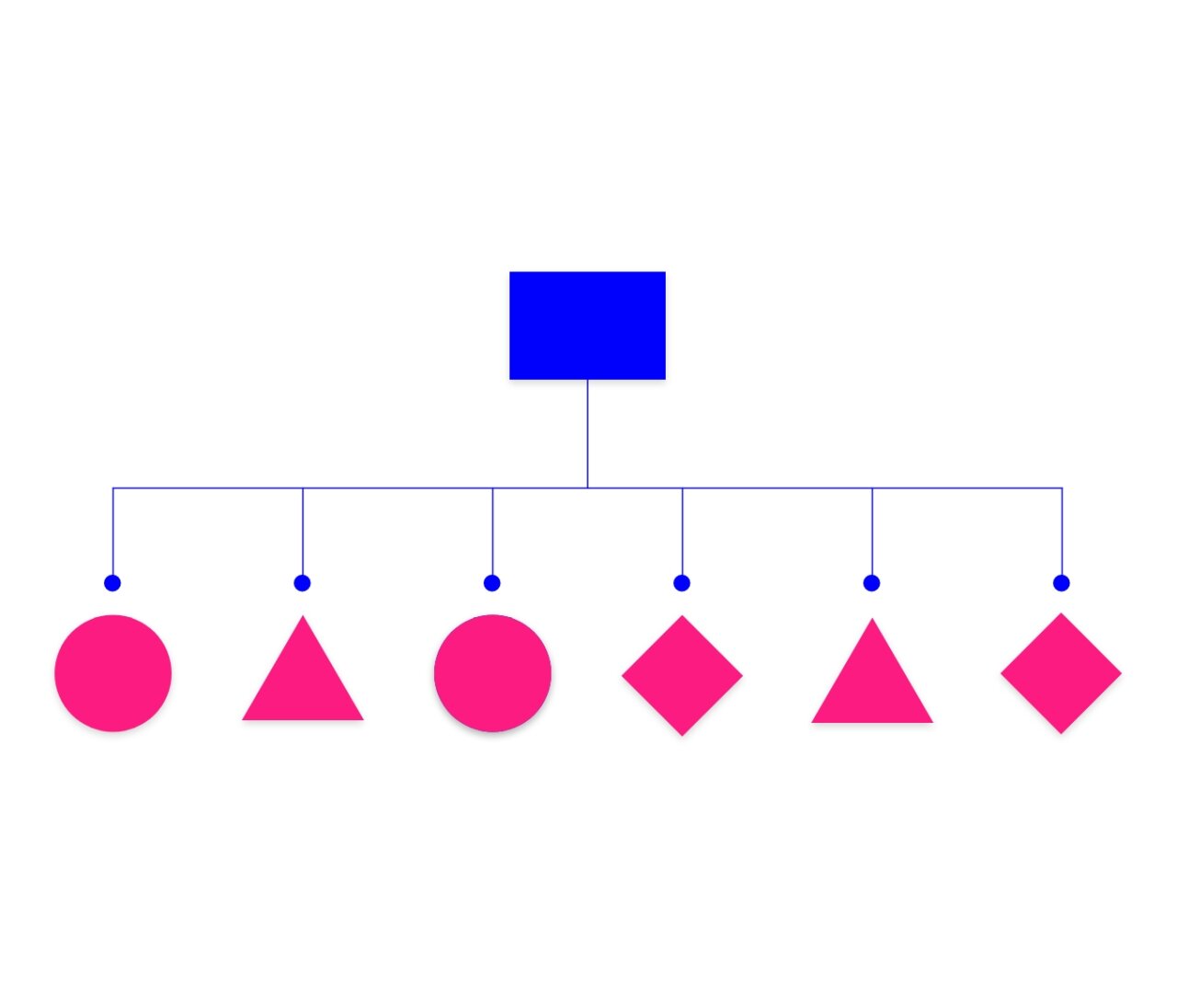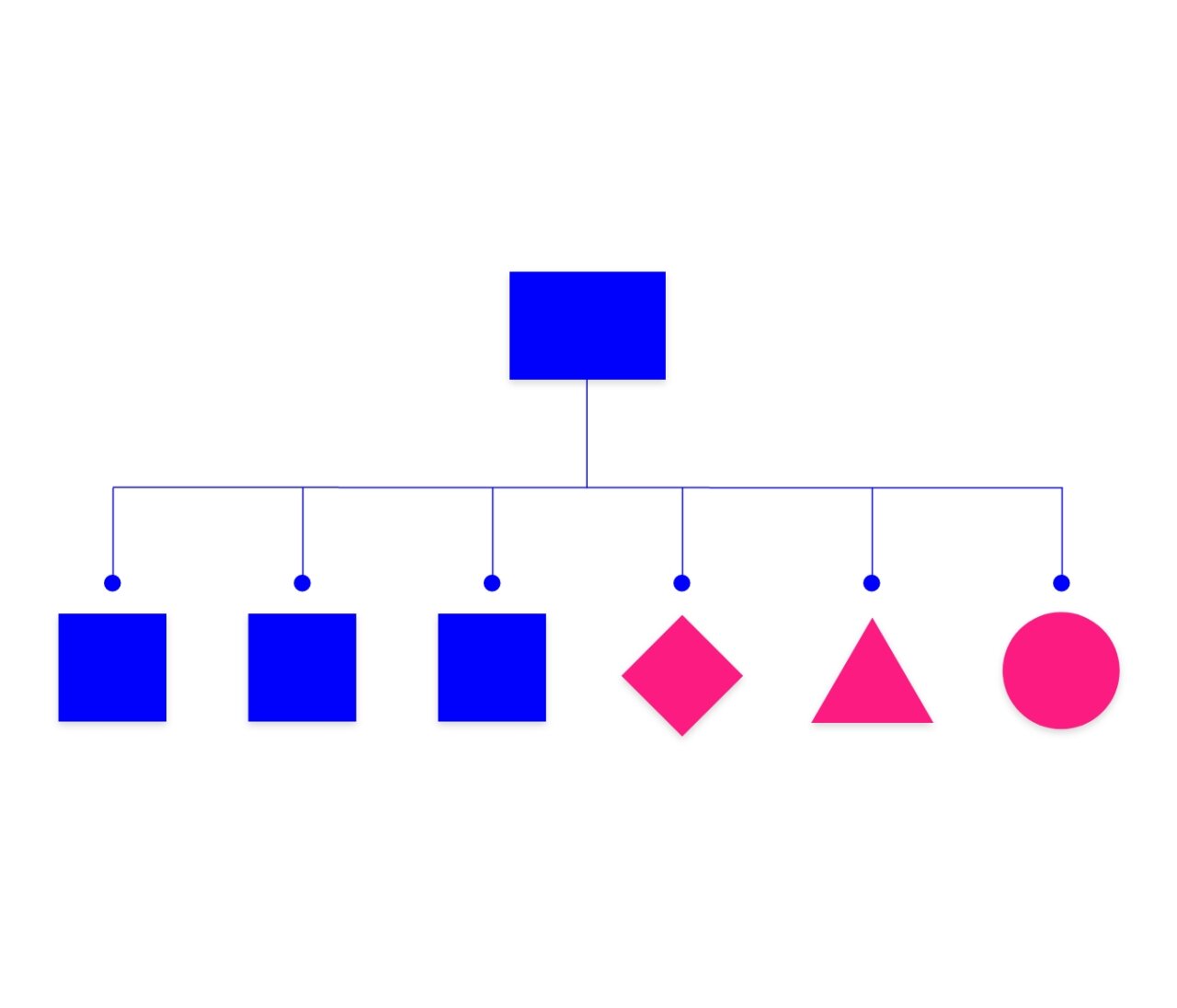Brand architecture decides between success and chaos
B2B companies often find themselves at a critical turning point in their transformation – whether through acquisitions, mergers, or strategic realignment – and must transform individual companies into a powerful group. While the focus is often placed on synergies in processes, sales, and technology, brand structure is frequently neglected – with fatal consequences.
Without a clear brand architecture, not only the external image suffers, but the entire internal identity as well. Customers, partners, and even employees no longer know what the group actually stands for. That is why it is essential to develop a well-thought-out strategy that defines how the individual companies relate to one another – and how the brand presents itself externally.










